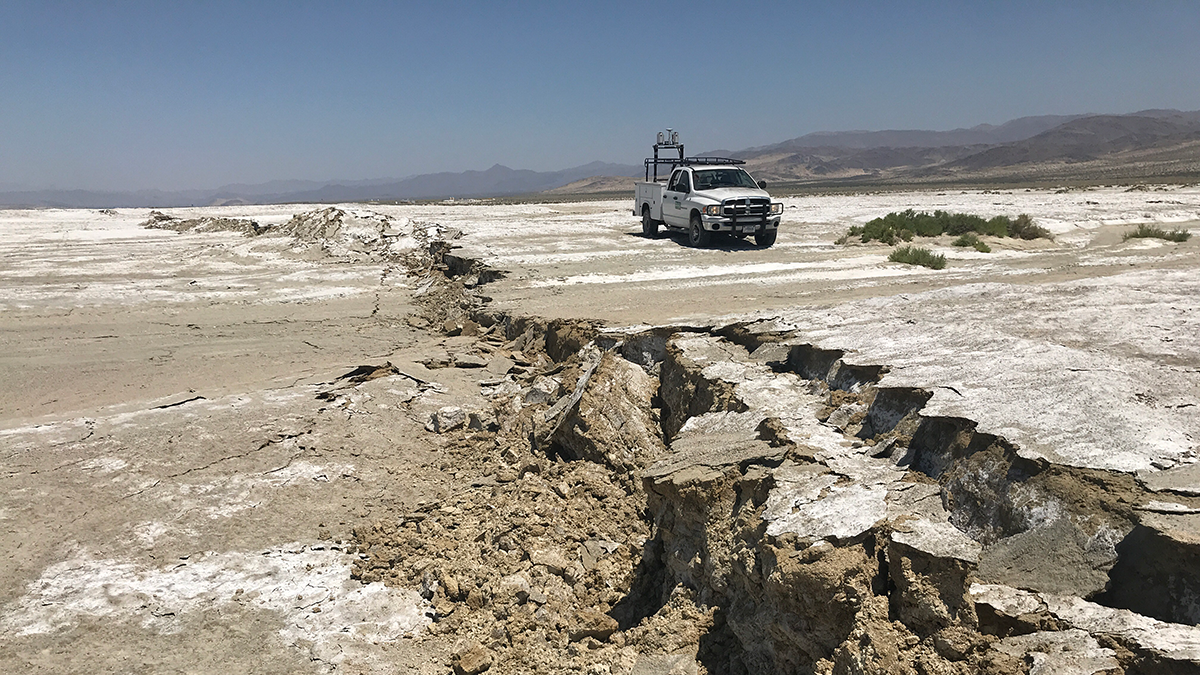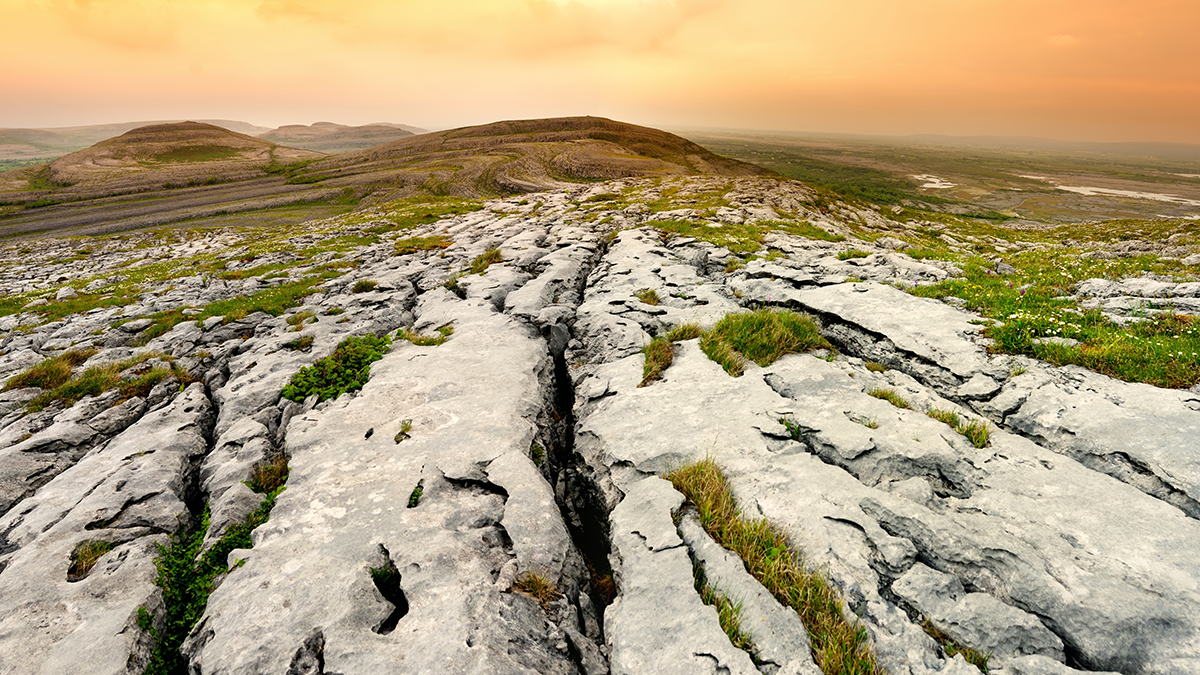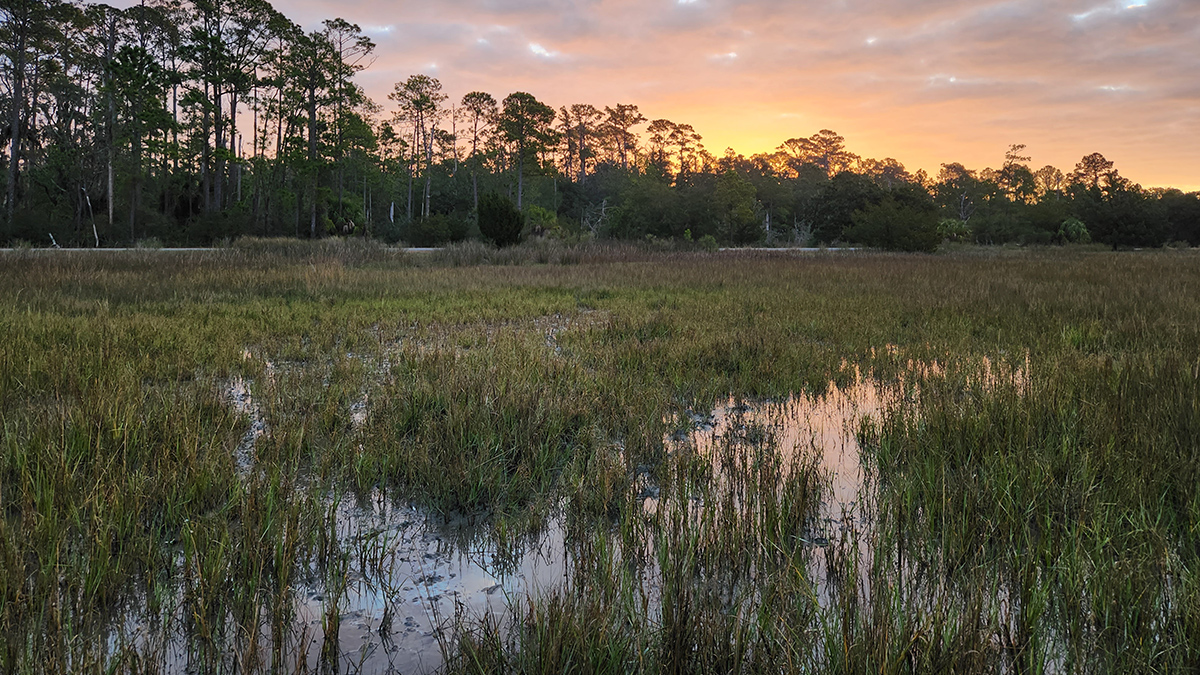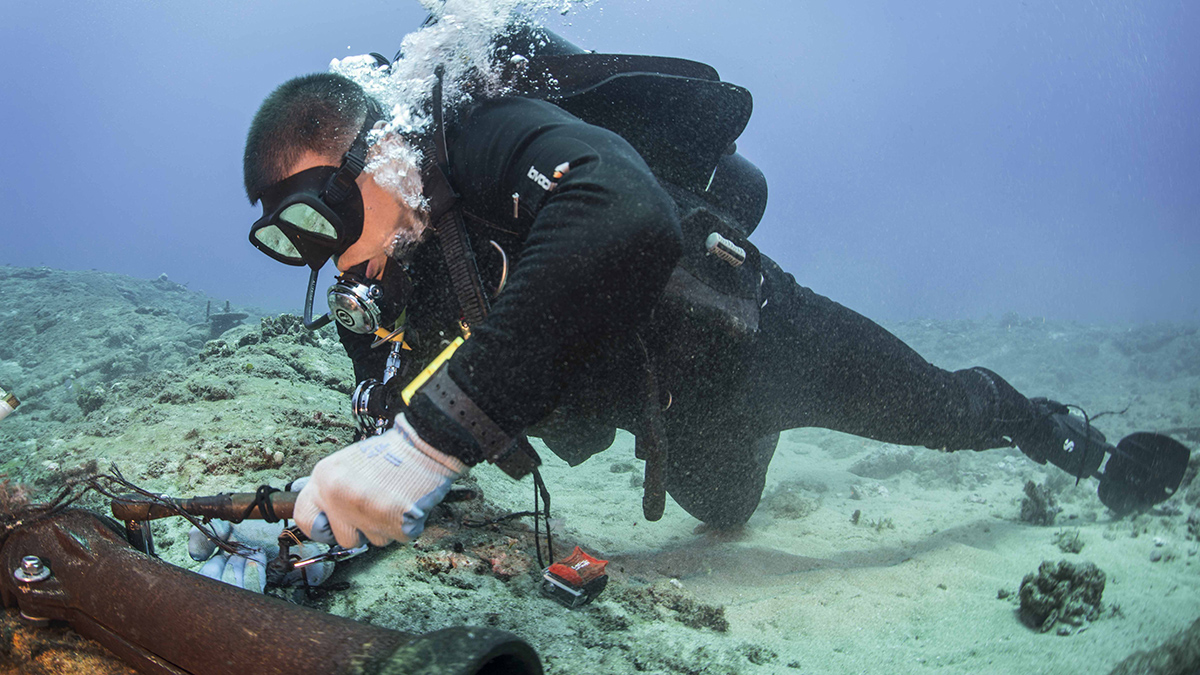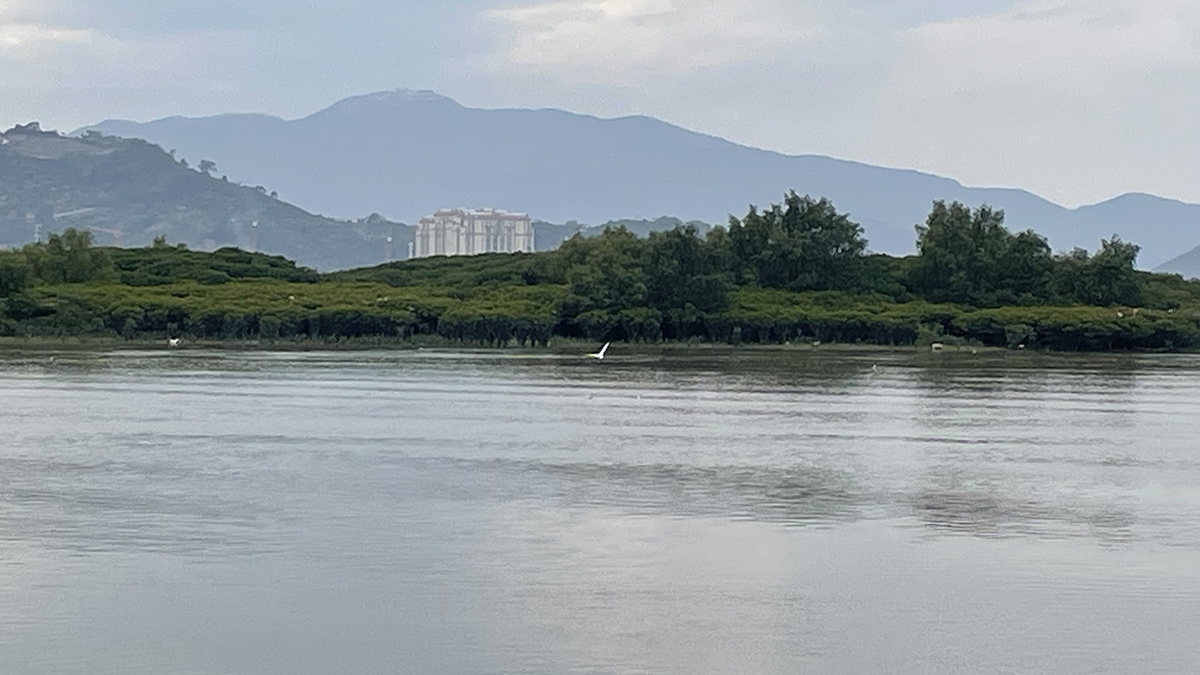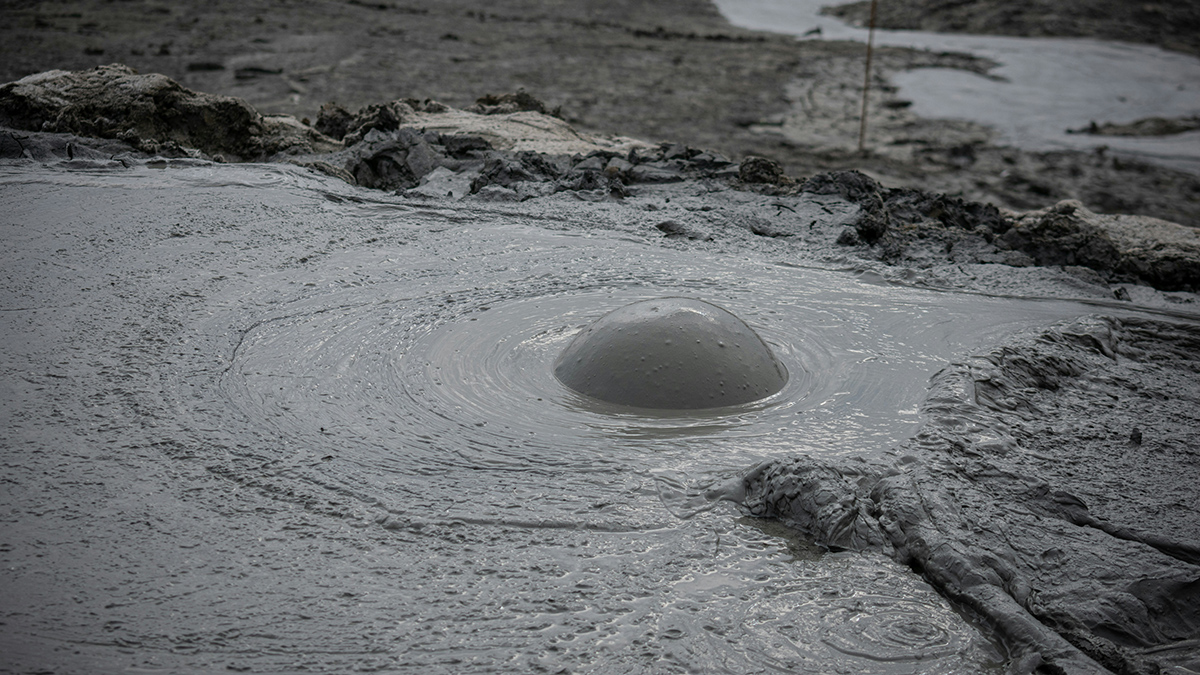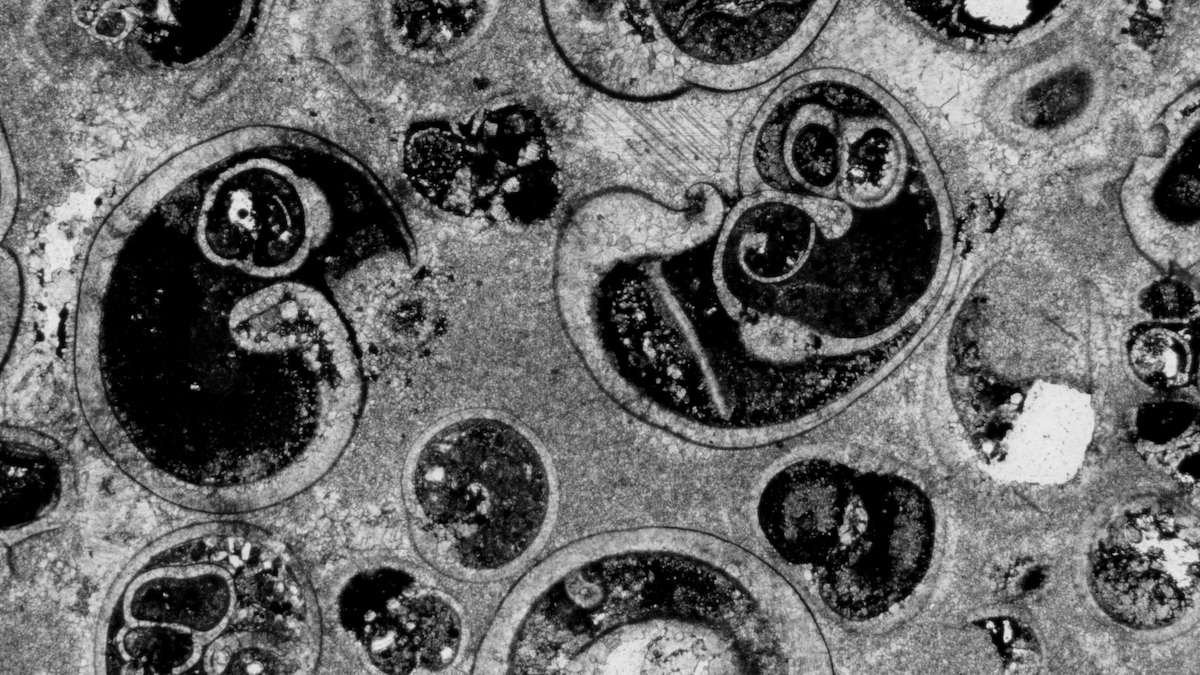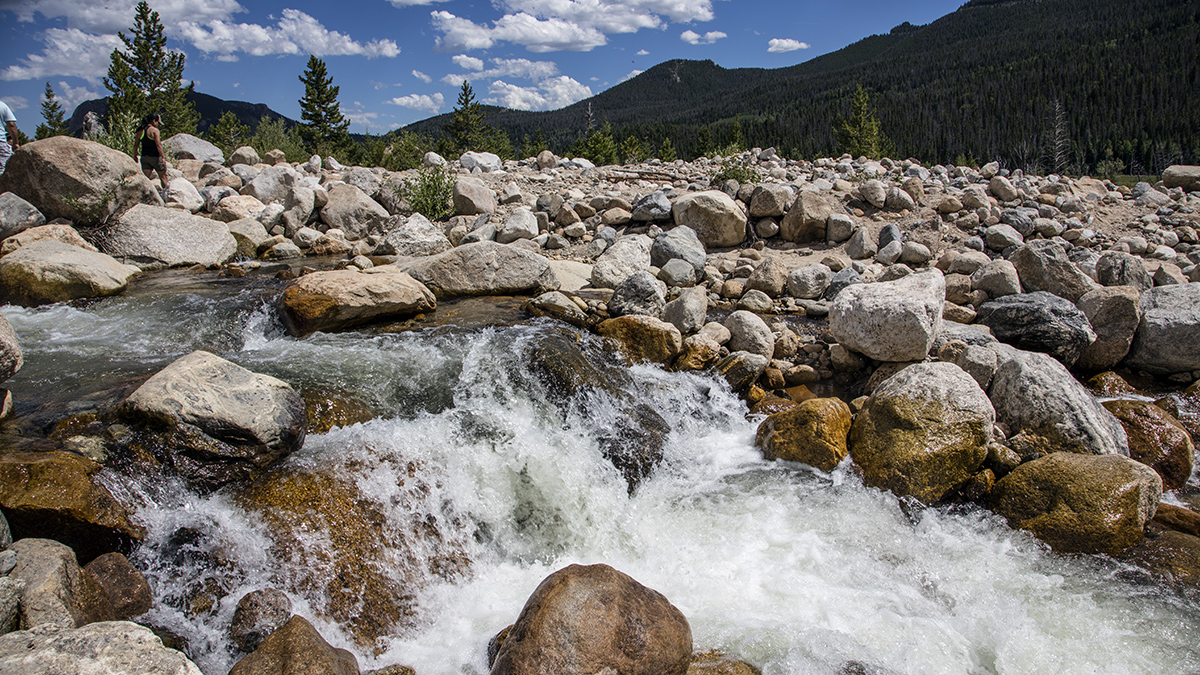New 3D imaging techniques show hidden patterns of stress that help explain how and why rocks break.
Earth science
Groundwater Pollution in Karst Regions: Toward Better Models
New advances in modeling contaminant transport offer a clearer picture of how to protect karst aquifers.
Artificial Light Lengthens the Urban Growing Season
New research shows that artificial light at night lengthens the plant growing season in cities, overshadowing the effect of high urban temperatures.
Machine Learning Model Flags Early, Invisible Signs of Marsh Decline
Decreases in underground plant biomass could signal future marsh loss and prompt conservation measures.
A Transatlantic Communications Cable Does Double Duty
A new device enables existing submarine cable networks to measure deep-sea movements. It could ultimately help improve tsunami warnings and climate monitoring.
How Plants Respond to Scattered Sunlight
A new study investigates how diffuse light affects evapotranspiration and carbon uptake across forest, grassland, shrub, and agricultural areas.
Tracing Black Carbon’s Journey to the Ocean
Scientists surveyed a trio of estuaries in pursuit of a missing source of oceanic dissolved black carbon.
Mapping Mud Volcanoes in Shallow Seas
A team of scientists put together a global database of submarine mud volcanoes. Orders of magnitude more are still bubbling, undiscovered, in the deep ocean.
Biomass and Biodiversity Were Coupled in Earth’s Past
Measuring shells and skeletons encased in thousands of limestone samples has revealed that the sheer amount of living stuff in Earth’s oceans changed alongside the diversity of organisms.
Years-Old Groundwater Dominates Spring Mountain Streams
Alpine rain and snow take much longer to percolate into western U.S. streams than previously thought, adding complexity to long-standing hydrologic models.

